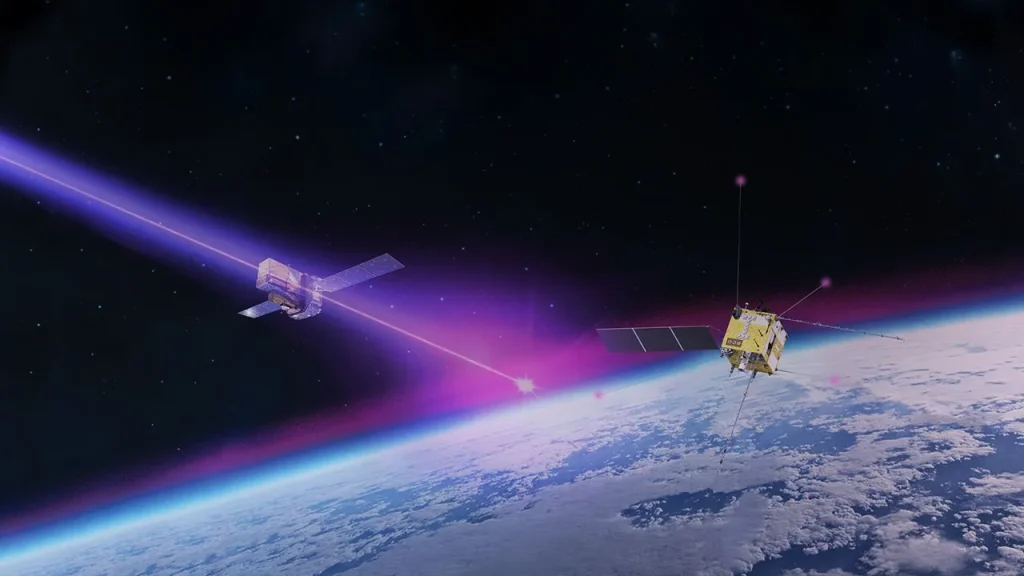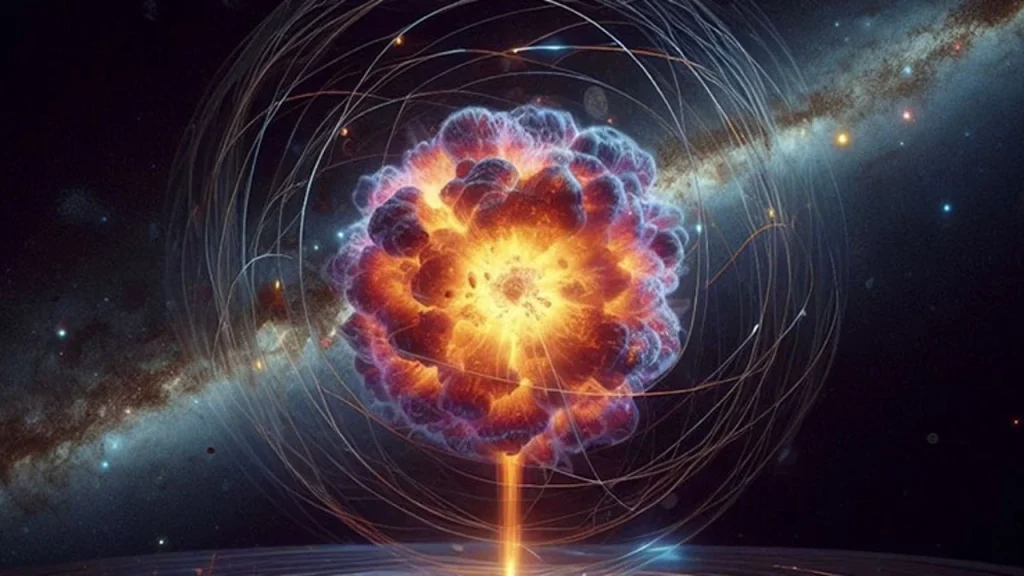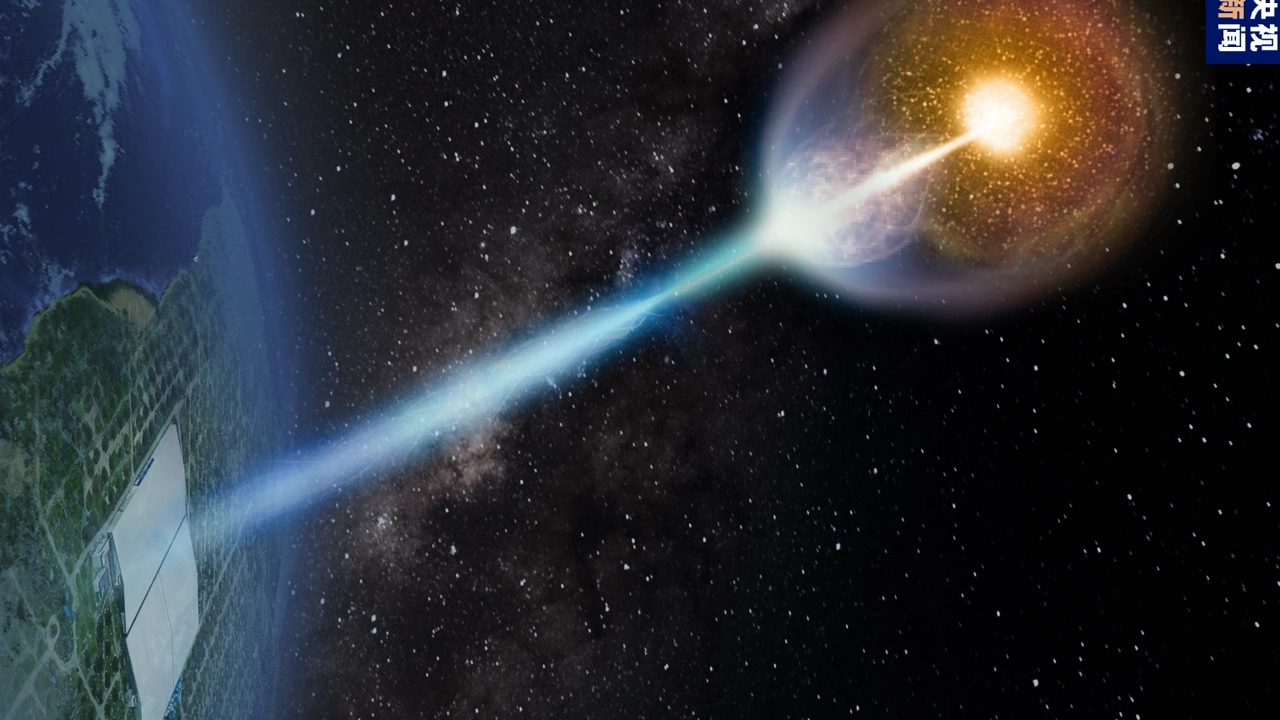The brightest supernova ever detected has made a huge change to Earth. This supernova transformed the outer layers of Earth’s atmosphere with a gamma-ray burst. Scientists from Italy recently investigated this issue. He published a study showing how our planet’s ionosphere is affected by high density and long periods of time. Here are the details…
The Earth’s ionosphere changed with the gamma ray explosion!
Space witnessed an astonishing gamma ray burst called GRB 221009A. Even though more than a year has passed since this explosion, its effects continue to surprise. Scientists from Italy conducted a study on this subject. They recently shared a report showing how our planet’s ionosphere is affected by high density and long periods of time.

The ionosphere is one of the atmospheric layers of the Earth. Its altitude ranges from 60 km to over 950 km. It contains electrically charged plasma. The lower half of the ionosphere extends up to 350 km and is called the lower half. Beyond 350 km is the upper half, called the upper half.
Mirko Piersanti, professor at the University of L’Aquila, shared his views on this subject. According to the professor, gamma-ray burst effects were frequently observed in the lower part of the ionosphere. However, it has recently begun to be seen, albeit rarely, in the upper ionosphere.
“This is because the density and conductivity of the plasma at the top is much lower than at the bottom. We also need an observing satellite orbiting in this layer to observe this effect,” said Mirko Piersanti.
Such a satellite now orbits the Earth at an altitude of 507 km. The China Seismo Electromagnetic Satellite (CSES), a Sino-Italian mission, is just right for the job. CSES was found in the right place at the right time, under the illumination region of this gamma-ray burst. Additionally, Piersanti pointed out that the satellite has a device that records a significant increase in the electric field in the upper ionosphere.

Scientists have not yet figured out what caused the sequence of events that created GRB 221009A. The gamma-ray source is located almost 2 billion light-years away, very far from our Milky Way galaxy. However, despite this, we can feel its effects on our planet.
Piersanti commented on this event. If such a distant event can cause significant disturbance in the relatively less conductive part of the ionosphere, an event in our 100,000 light-year wide galaxy could also damage Earth’s ozone layer.
Additionally, professor Piersanti said, “I have not examined the ozone layer data. However, this gamma-ray burst has the potential to disrupt the ozone layer. In fact, with the help of statistical analysis, we are working on the possible effects that a gamma-ray burst such as GRB 221009A could cause on the ozone layer. Also from observations of past gamma-ray bursts and the ozone layer.” “We create a table of data and try to see if they match.” said.














